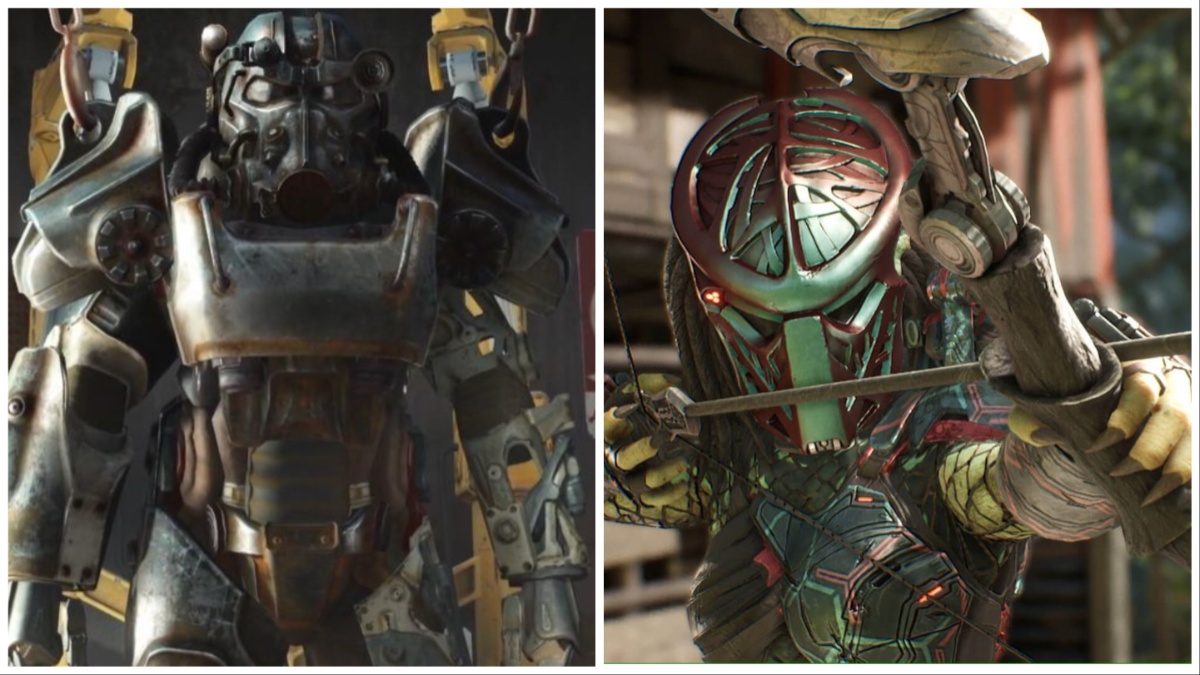An even closer look at your brains.
In a pleasant change of pace from the usual news involving psychology’s daily screaming condemnation of violence in video games, the NeuroGaming 2013 Conference was held last week in San Francisco, May 1-2 to discuss, as it says on their site, the latest “emotional, cognitive, sensory and behavioral technologies to create radically compelling experiences to engage and entertain gamers worldwide.”
It’s a real mouthful, but the possibilities are fascinating.
At attendance was Mike Ambider, Valve Psychologist, with new insight on Valve’s plans to incorporate and experiment with player biofeedback to help developers gauge player response to a game, measuring physiology such as sweat and heart rate in order to, as he says, “quantify an emotional state while people are playing the game.” This will give the company an idea of how people experience a game emotionally using a more immediate, scientific approach than mere observation or afterwards questioning.
The upshot of this line of study is more than a quest for honest feedback—it is the possibility and potentiality of “what you can do when you incorporate physiological signals into the gameplay itself.” That is, how you are feeling will change how the game plays out for you.
Experiments have already been conducted by Valve along this line of study—in as early as 2011, Ambider gave a talk about using skin conductance measures to make a better Left 4 Dead 2 Director. The game, following four protagonists making their way through a level while fighting their way through hoard rushes of zombies and special infected, is run by an AI program called The Director. If the player stands still for a long time, The Director will send a new hoard to attack and harry. If the player has been taken down several times and fighting on their last legs, The Director may leave off on the hoard call and spawn a health kit somewhere. Using psycho-physiological feedback, it is possible to understand what the player is thinking, and how that will translate to their actions in-game, thereby making a better, more predictive Director.
This is still only the beginning.
Current gaming experience “map[s] player intent into onscreen behavior,” but there are more questions to ask in order to provide a next-level experience. “What is the player’s emotional state? How are they enjoying the game?” These are questions that, if answered, can be used to “create, in theory, more novel and more compelling gameplay experiences.”
This only begs the question… what horrible map changes and new threats to life and limb are forthcoming if GLaDOS can feel my fear?






Published: May 6, 2013 09:26 pm